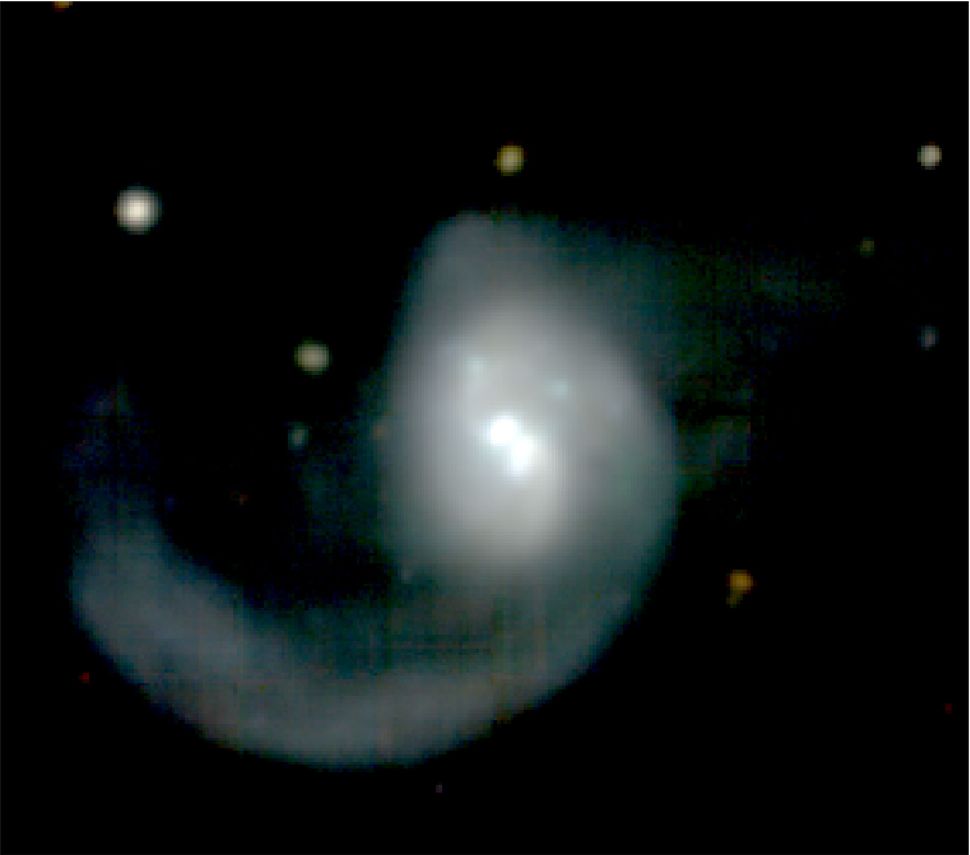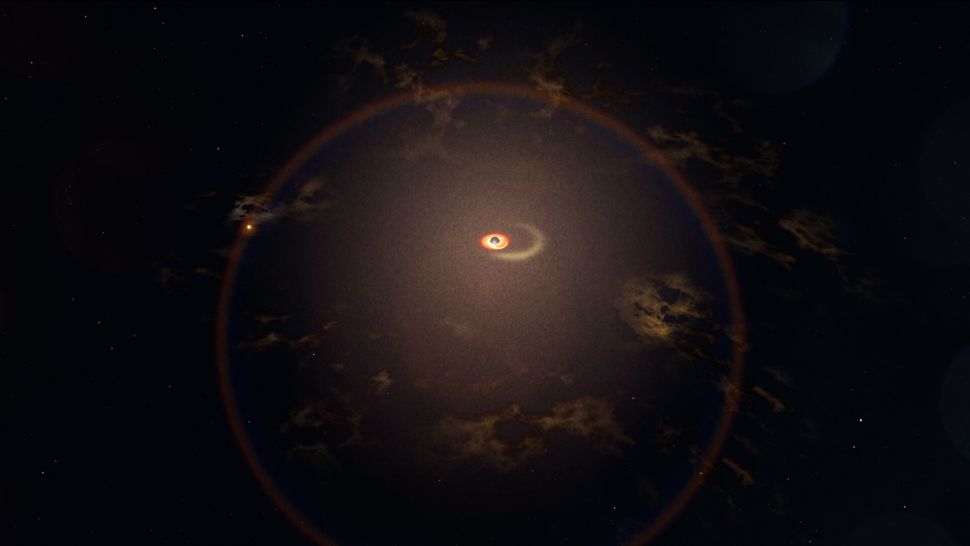Computers are known for their ability to spot patterns. It’s what they are good at, and over the last 50+ years they have continued to improve. But they only know how to spot patterns if they know where to look for them in data. So sometimes, it falls to a human to truly see a pattern that no one expected to be there.
That is exactly what happened in the case of the discovery of the most consistent active galaxy yet discovered. Anna Payne, a graduate student at the University of Hawai’i at Manoa, was looking into data collected by the All Sky Automated Survey for Supernovae (ASAS-SN), and notice a strange feature about one of its galaxies, known as ESO 253-3: it was getting significantly brighter every 114 days.
That periodic brightening is a hallmark of what astronomers call “active galaxies”, and the event Ms. Payne notice has become known as ASASSN-14ko. Technically active galaxies are any galaxy that have a “bright and variable center”, according to NASA. But scientists have spent decades trying to find one that had a regular brightening pattern, similar to the Old Faithful geyser that is one of the most visited attractions in the US. The data had been collected for years, they simply had to have the right person look in the right place for it.
Credit: Cosmoknowledge YouTube Channel
The beauty of these types of repetitious phenomena is that they are easily predictable. When Ms. Payne first noticed the data in March of 2020, it was relatively simple to predict the next few instances of it – in this case on May 17th, September 7th and December 20th of the same year.
Researchers reserved some time on Swift, and were able to find the expected increases in brightness right on schedule. Each brightening lasted for approximately 5 days, lighting up the southern constellation of Pictor. What might cause this regularity is still up for debate.

Credit: Michael Tucker (University of Hawai’i) and the AMUSING survey
There are three current main theories. One theory is that the two supermassive black holes that other researchers have shown to be at the center of ASASSN-14ko are interacting in a way that causes the consistent light fluctuation. While possible, it seems the two black holes aren’t close enough to each other to have such an effect.
The second was that a star was in orbit around at least one of the black holes, causing disruptions in its disk when it passed between the black hole and the Earth (or behind the black hole as perceived from the Earth). This would cause an asymmetry in the way the flare appears, which has not been observed so far, likely ruling this possibility out.
Credit: NASA Goddard
The third theory, and the one thought most plausible by the researchers is from what is known as a “tidal disruption event”. In this scenario, a star is in a very elliptical orbit around a black hole, and as it approaches the black hole, the singularity itself grabs a piece of the star, causing a bright flash and the star to lose some of its mass.
Obviously this interstellar dance cannot go on indefinitely, though there is no clear indication as to when the star involved will run out of mass to absorb. But, now that scientists are aware of the uniqueness of this one galaxy they will continue to monitor it with the best equipment available to them, hoping to unlock the secrets of its regularity and possibly a better understanding of how galaxies evolve. All because one graduate student happened to notice a pattern in her data. Great job Anna!
Learn More:
NASA: NASA Missions Help Investigate an ‘Old Faithful’ Active Galaxy
arXiv: ASASSN-14ko is a Periodic Nuclear Transient in ESO 253-G003
University of Hawai’i: Long-sought active galaxy discovered
space.com: ‘Old Faithful’ galaxy has brilliant outbursts every 114 days
Lead Image: An orbiting star has some of its gas siphoned off by a black hole, in a tidal disruption event similar to what might be happening at the core of galaxy ESO 253-3.
Credit: Chris Smith / USRA / GESTAR / NASA / GSFC

